Intermediates
Gallantry and accessories
Blog Piekiełka
Beads - a historical overview of the emergence of beaded jewelry
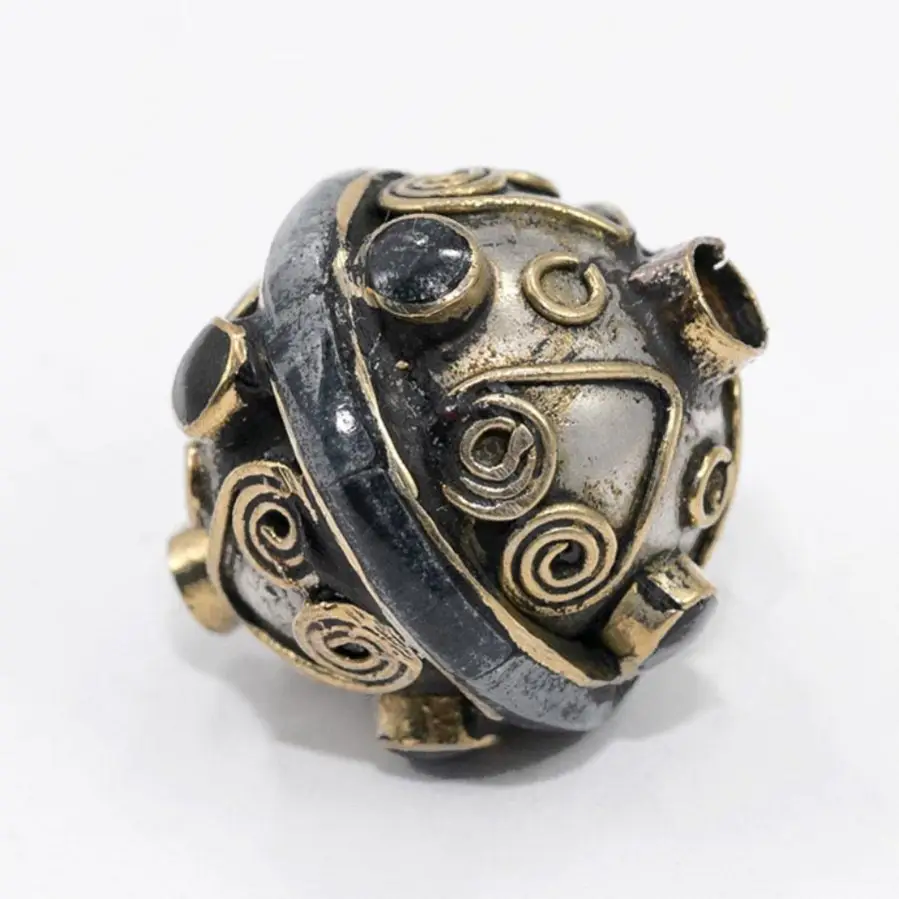
When were beads created? Swarovski was not the first!
The fashion for beads, which are used to make ethnic jewelry, began about 70,000 years ago. At that time, the beauty of gemstones was discovered and they began to transform them into various types of beads. Beaded jewelry used to be worn in many ways, such as by attaching it to leather belts. Over time, handmade beaded jewelry became a status symbol. Those with power and wealth had beads. Ba, beads were considered valuable to the point that they could be traded.
At this point it is worth noting that the first beads were made of glass. Ancient Egyptians decorated their clothes and dishes with them. Among other things, they made oriental bracelets, earrings or necklaces out of colorful be ads. Even pharaohs wore them. From Arabic, "beads" means "artificial pearls." However, these treasures did not at all require diving into the dangerous depths of the sea to obtain them. Due to their practicality and subtle beauty, beads quickly became popular outside of ancient Egypt. Around the first century BC, glass products, including beads, began to be produced in the Roman Empire - mainly those in the form of elongated channel beads.
Venice the center of bead production
At the beginning of our era, Venice became the center of bead production. The secret of making glass here was a secret no less than the greatest state secrets. For revealing the way to make beads, glassmakers were condemned to death. In 1221, glass production was moved from Venice to the island of Murano. Glass making was a very honorable and comfortable job for the artisans. Indeed, the children of the best Murano glassmakers were considered... aristocrats.
From the end of the 13th century, however, the Venetian monopoly on glass production began to crumble. Many masters spread out across Italian cities and opened their own bead workshops. In the 15th century, such workshops opened in Germany and France, among others. In order to preserve the monopoly, in 1490 the Senate of the Venetian Republic gave up the production of glass under the protection of the Council of Ten - a tribunal of exception, operating in Venice since 1310 to try serious crimes (especially political). In view of this, the hunt for fugitive glassmakers began. Not only the craftsmen themselves, but also their relatives and friends were imprisoned for disobedience. If such a person still persisted, he was killed. This continued until the 18th century.
Venice was for a long time the main center of bead production, trading beads in the West, East and Africa. Other countries paid for beads with gold, silk and spices. There were even fairs in Europe for beads, which were often considered a commodity more valuable than other luxury goods. Of course, it wasn't only the Venetians who knew the secret of glassmaking. Already in the 13th-18th centuries, Venetian colleagues were overtaken by Bohemian masters, creating their own glassmaking technology. After all, they began to create an enamel coating on ordinary beads, and then learned to carve the beads into different shapes and added luscious shades to them. Eventually, Czech beads pushed Venetian beads out of the European market.
Beads not only made of glass
Beads today are made from a variety of materials, not just glass. Metal beads were first produced in France. Such beads consisted of an alloy of gold, silver, bronze and tin. Metal beads were also produced in England, as well as in Kyiv Rus. Jewelers knew the secrets of making multicolored enamels, and used the beads to create all sorts of ornaments. They also decorated dishes and clothing with beads.
Mass production of beads didn't really begin until the 19th century, when beads became widely available. During this time, Swarovski, for example, schematized the process of making its world-famous beads, which are today highly coveted jewelry by women. However, the process of making Swarovski beads is kept strictly confidential. Among the most well-known and loved today are beads made from: bone, glass, porcelain, paper, shell, metals, clay, ivory, wood and gemstones.
Beads on the world map
In different parts of the world, completely different types of beads are popular. Here are a few of them to pay attention to.
- Afghanistan - beads are made from lapis lazuli, which is mined in mines there.
- South America - beads here are planed most often from tagua nuts, the endosperm of the seeds of elephant palm trees from the Amazon forests.
- China - the most popular in China are hand-painted porcelain beads, as well as bead-monets and jade beads.
- India - the most common beads there are those made by the goldsmithing method of filigree.
- Greece - popular beads in Greece are those made from the wood of the olive tree, called komboloi.
- Australia - traditional beads are made from yellow-green gaspeite, which occurs naturally in Western Australia. Their creation is still practiced today by Australian Aborigines.
- Africa - particularly popular are bauxite beads from Ghana, batik beads from Ghana and Kenya, and clay beads from Mali.
Ethnic Jewelry
-
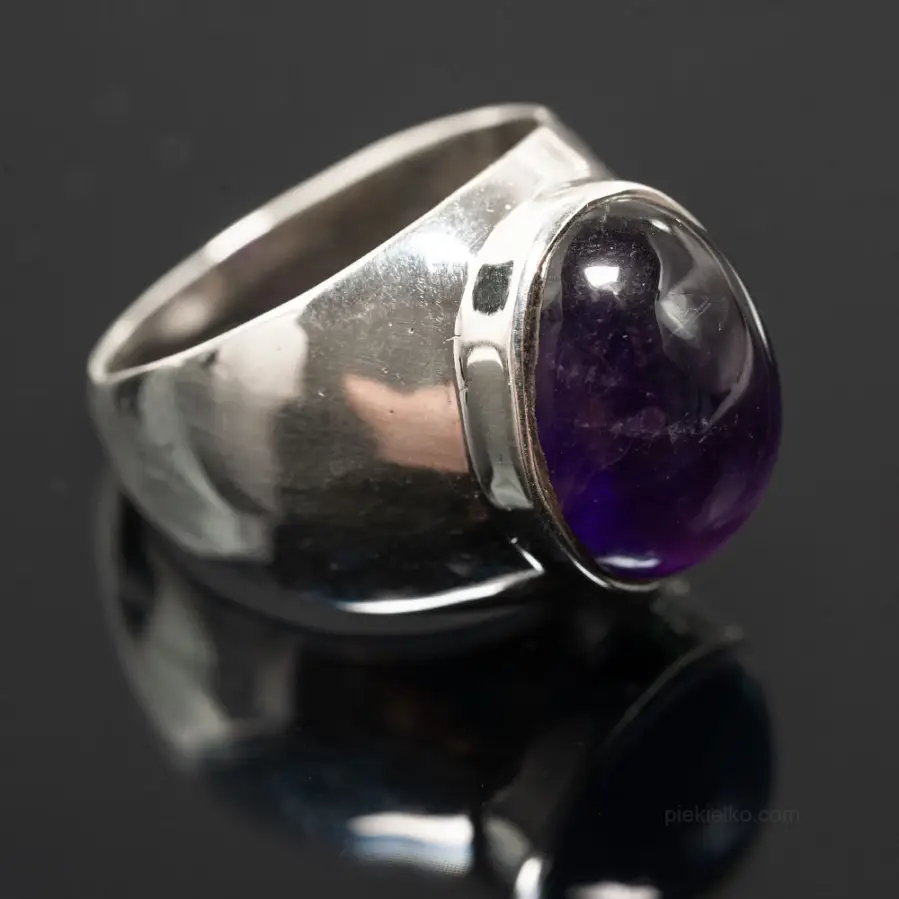
Elegance of Amethyst - Silver Setting
360,00324,90 -
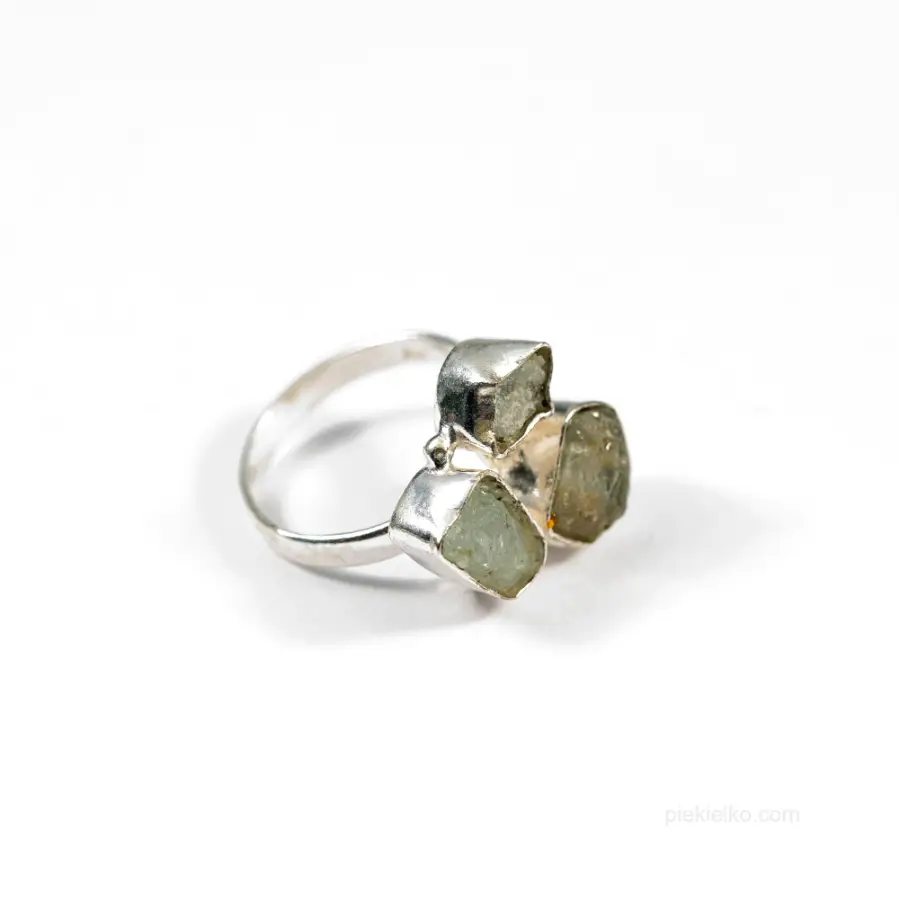
Silver-plated ring with aquamarine
175,0099,75 -
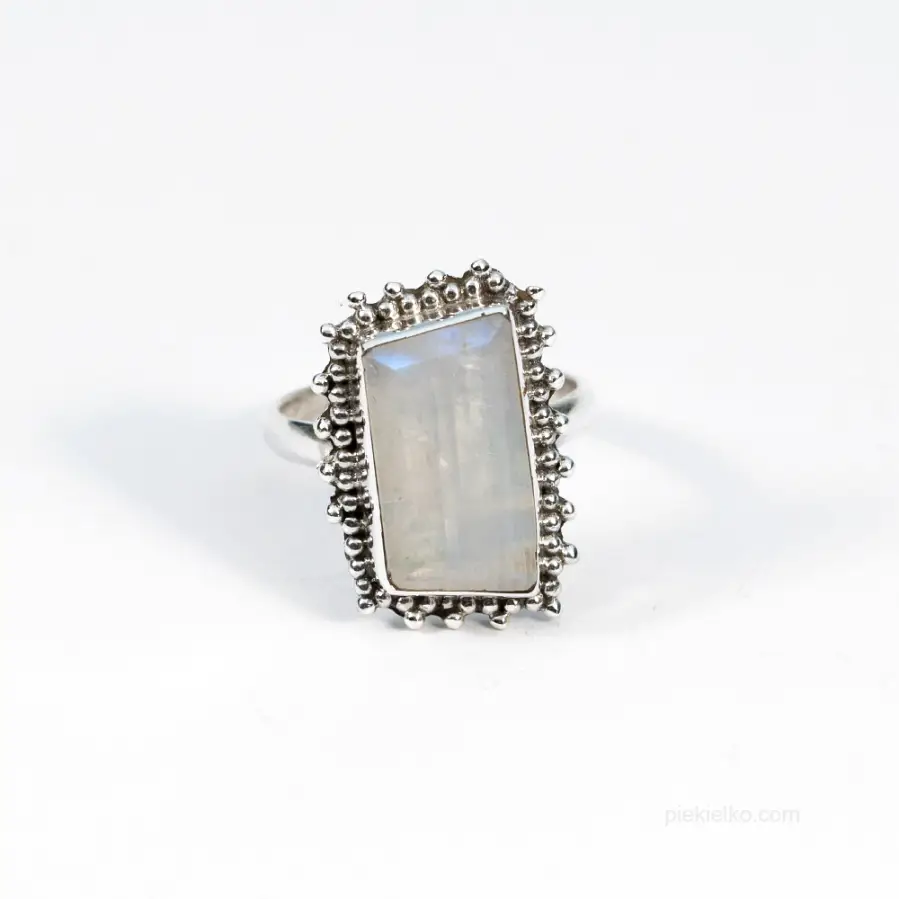
Glow of the Night Unique Ring with Moonstone
350,00315,88 -
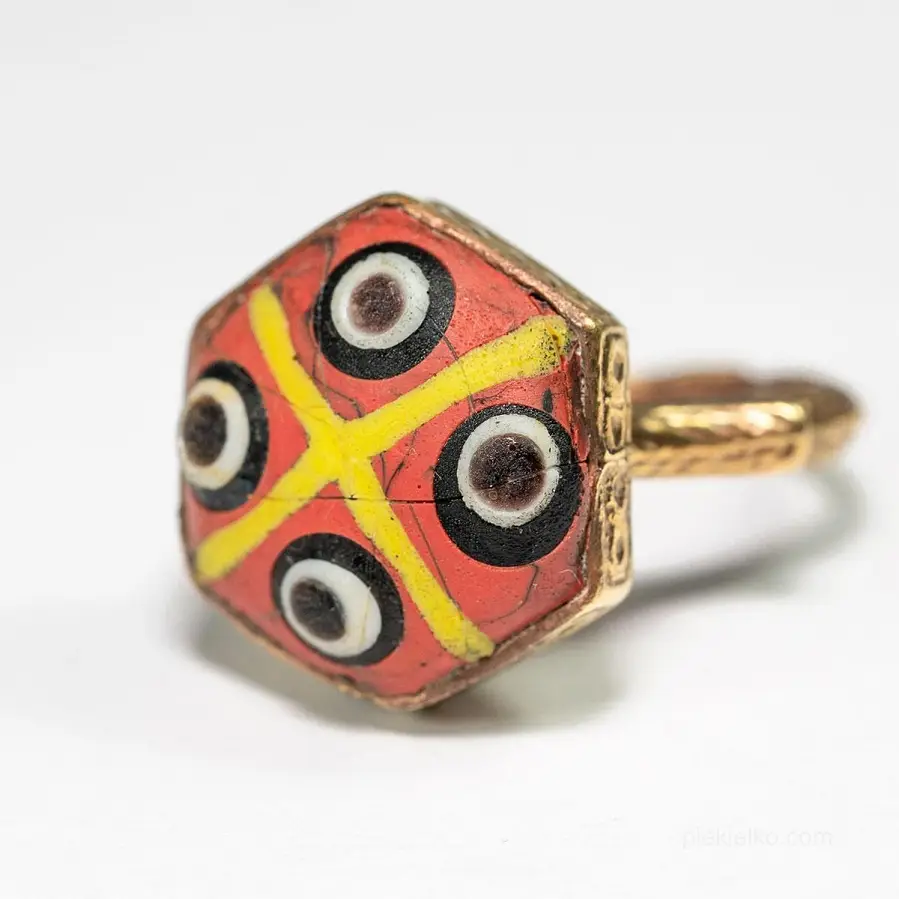
Ethnic gabri glass ring
98,0093,10 -

Silver power ring with amethyst
480,00433,20 -

Square ring
80,0076,00 -
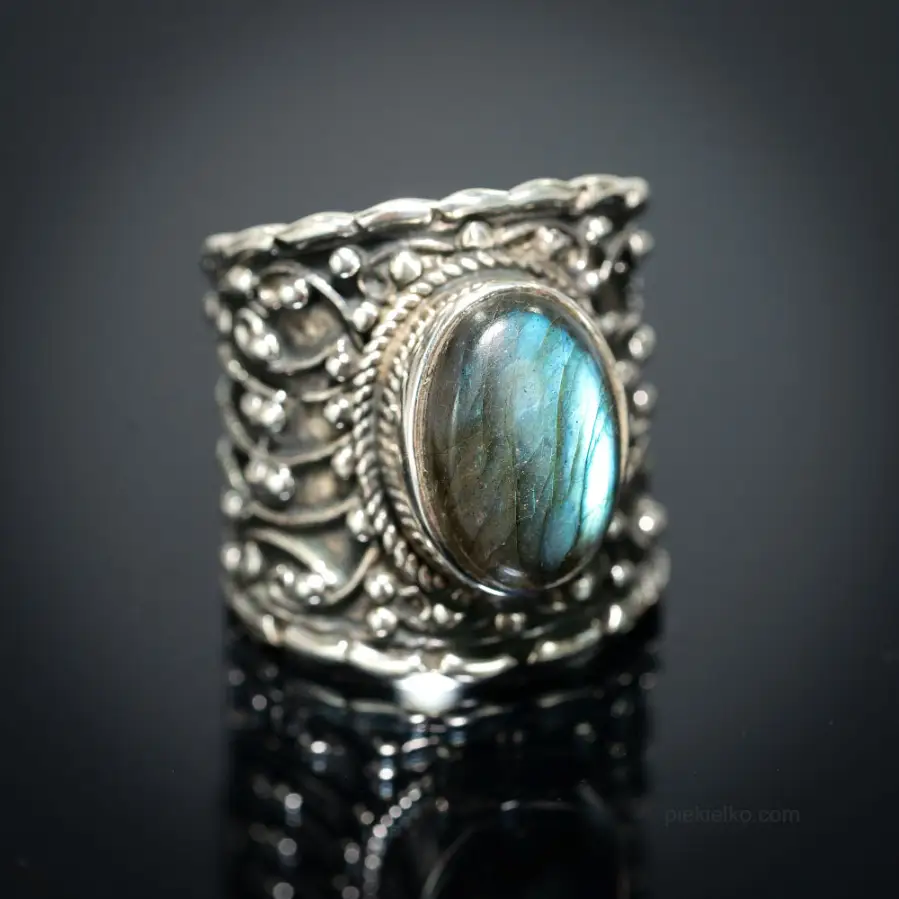
Black Night Emerald - Heavy Labradorite Ring
450,00406,13 -
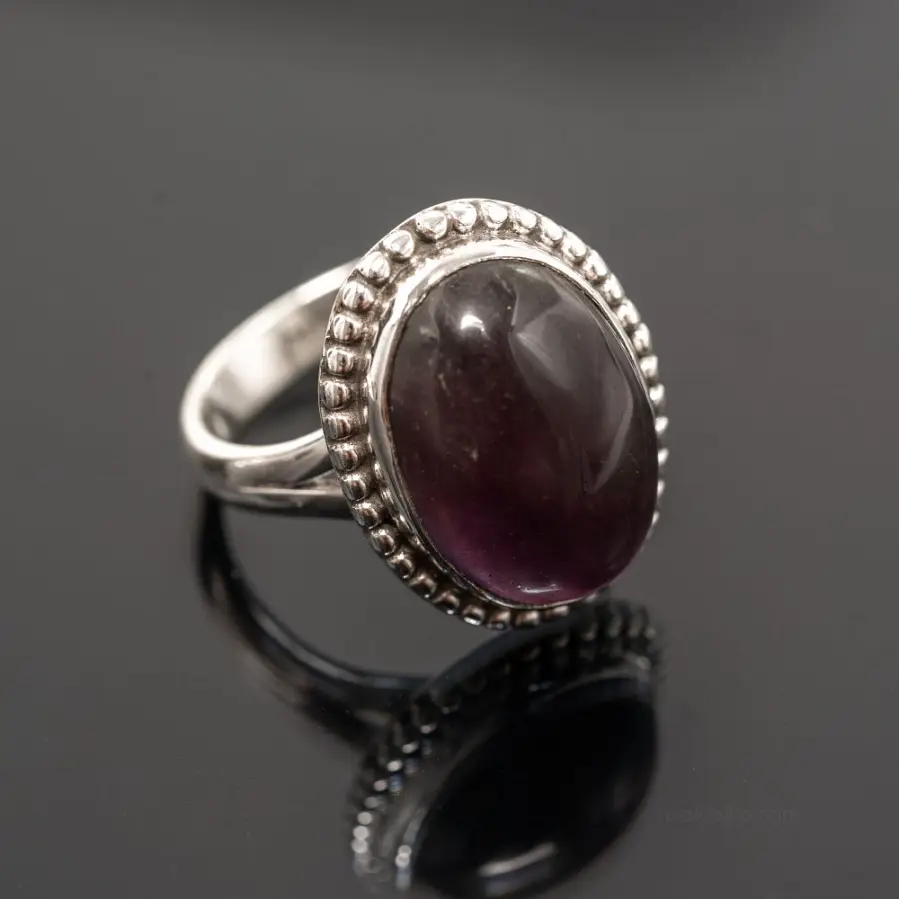
A gift with an amethyst - for a special person
350,00315,88 -
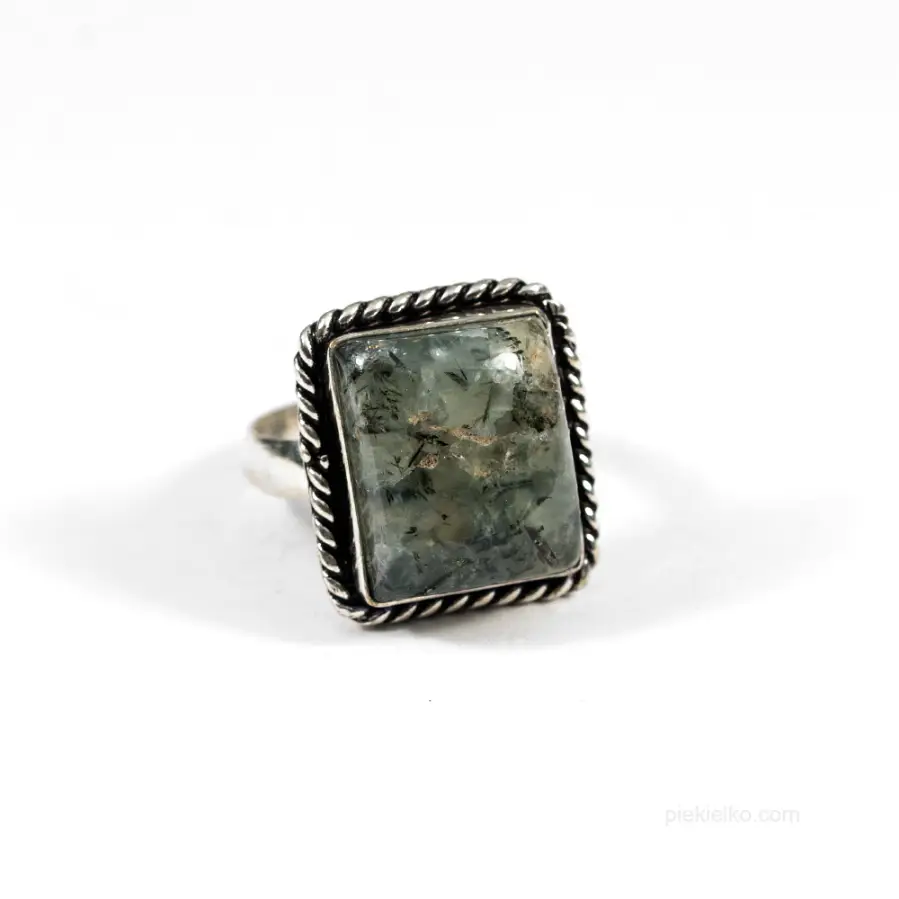
The ring and prehnite are wonderful
155,00147,25 -
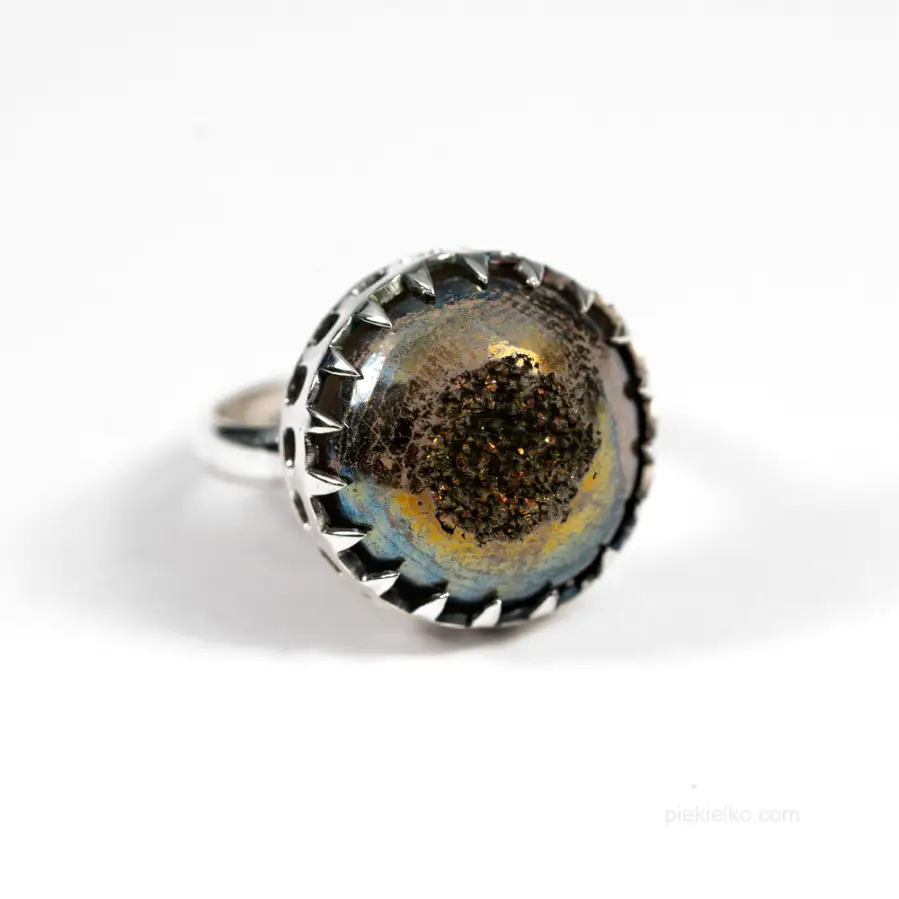
Ring with titanium drusen
290,00261,73 -
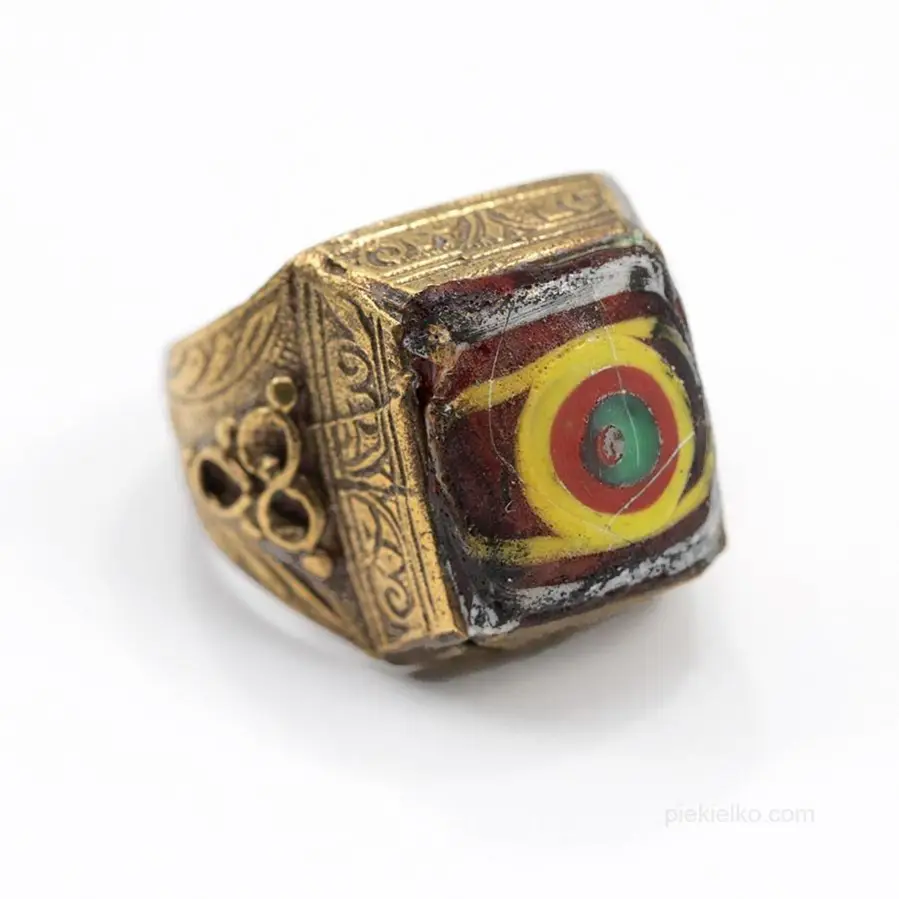
Gabri glass brass ring
98,0093,10 -

Ring with Turquoise and Copper vein
355,00320,39 -
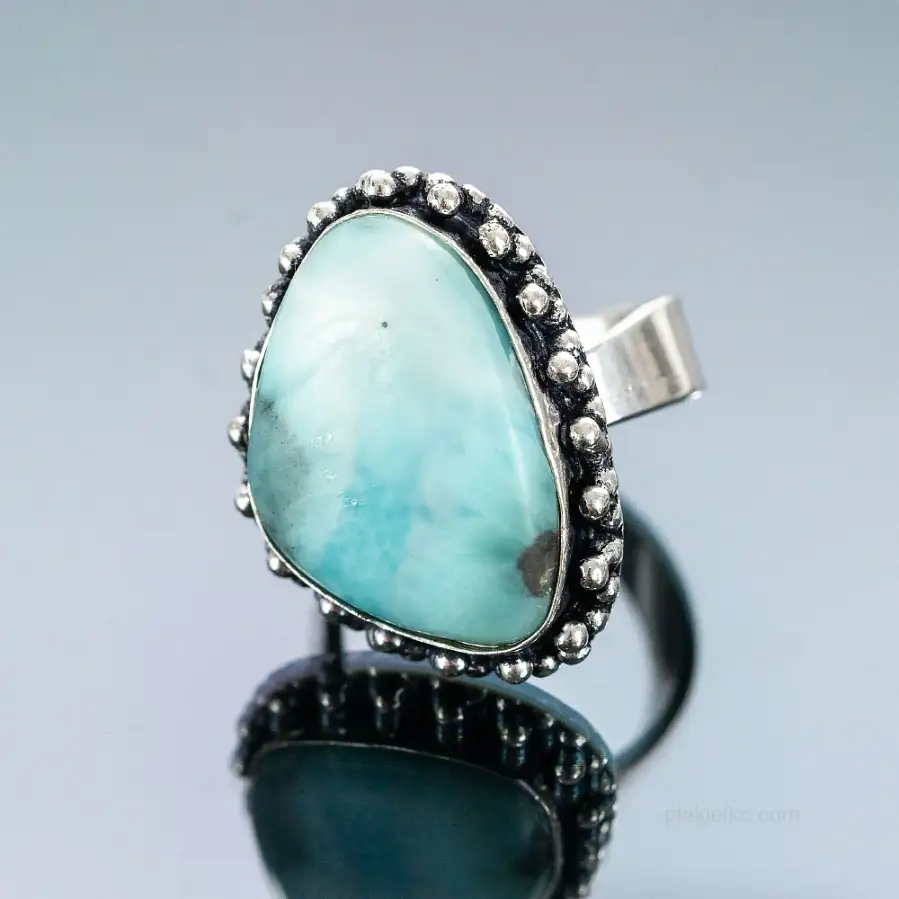
A ring that says Holidays!
260,00247,00 -
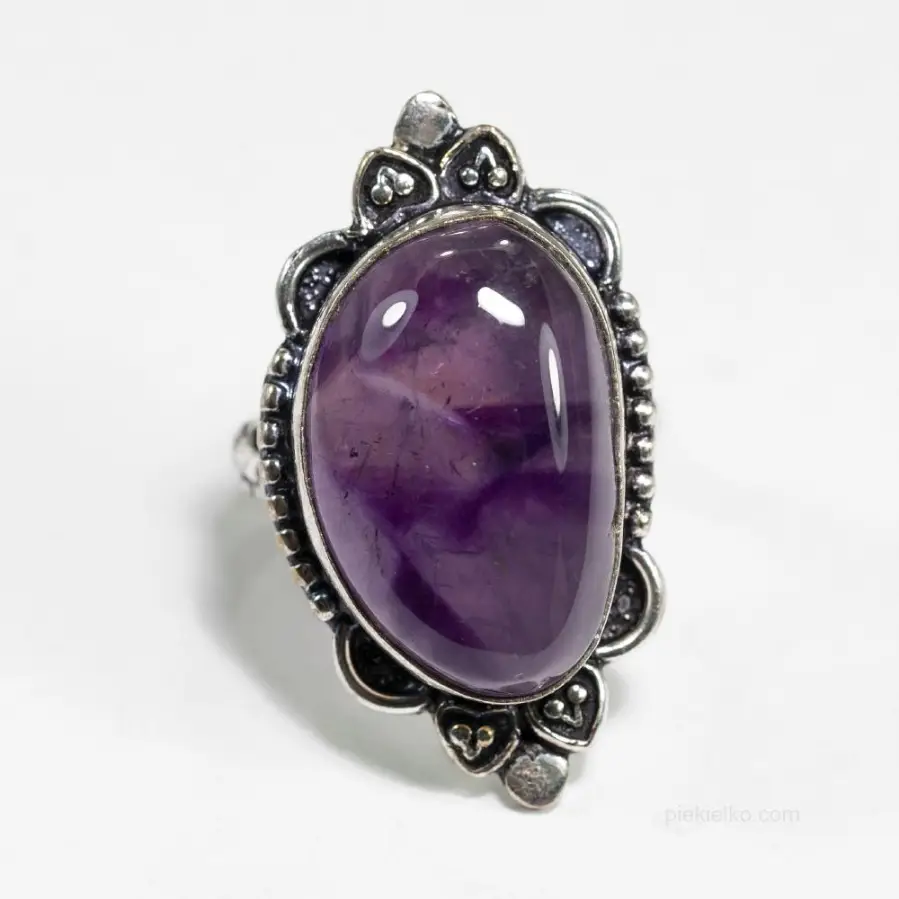
Natural amethyst ring
186,00176,70 -
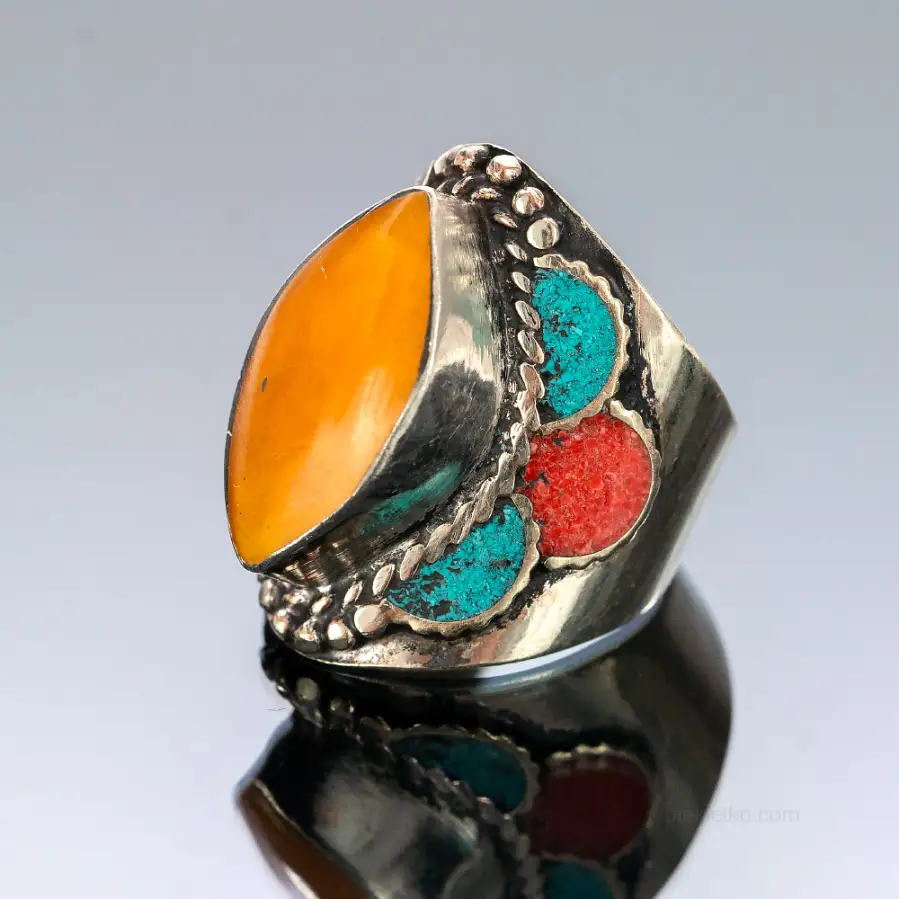
Nepalese signet ring with amber and colors
250,00237,50 -
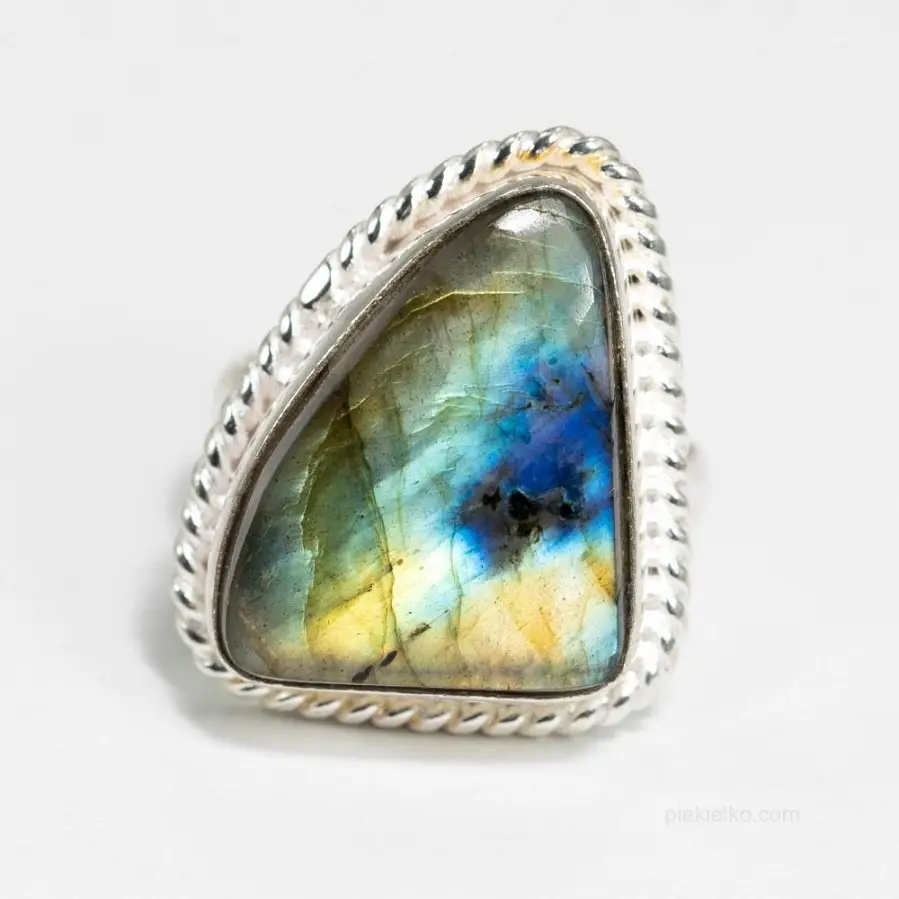
Ring with fiery labradorite
199,00 -

A signet ring with carnelian with an adjustable band - perfect for everyone
420,00379,05 -
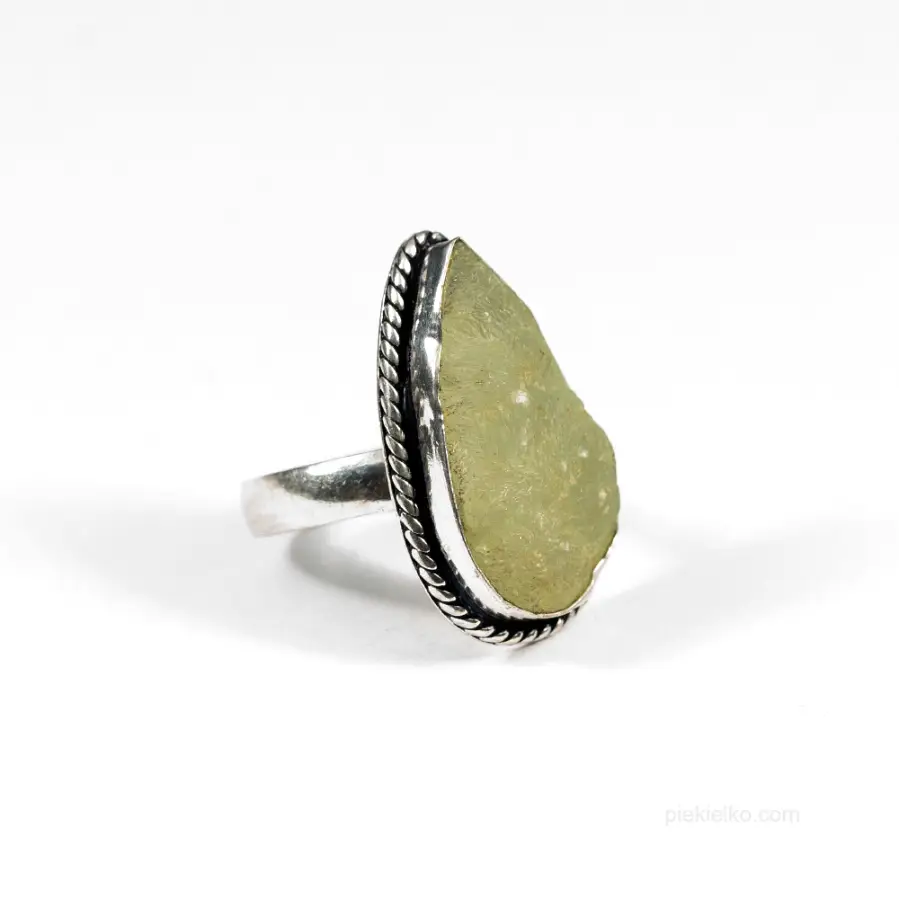
Ring with rough prehnite
168,00159,60 -
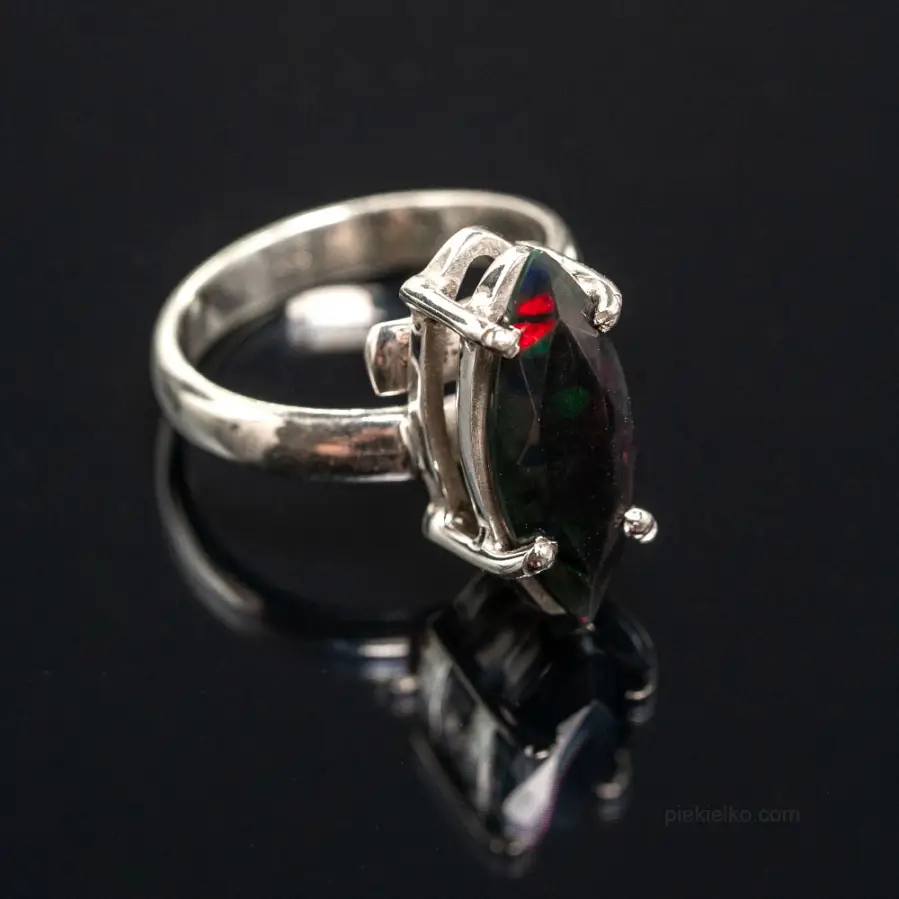
Ring with black opal
500,00451,25 -
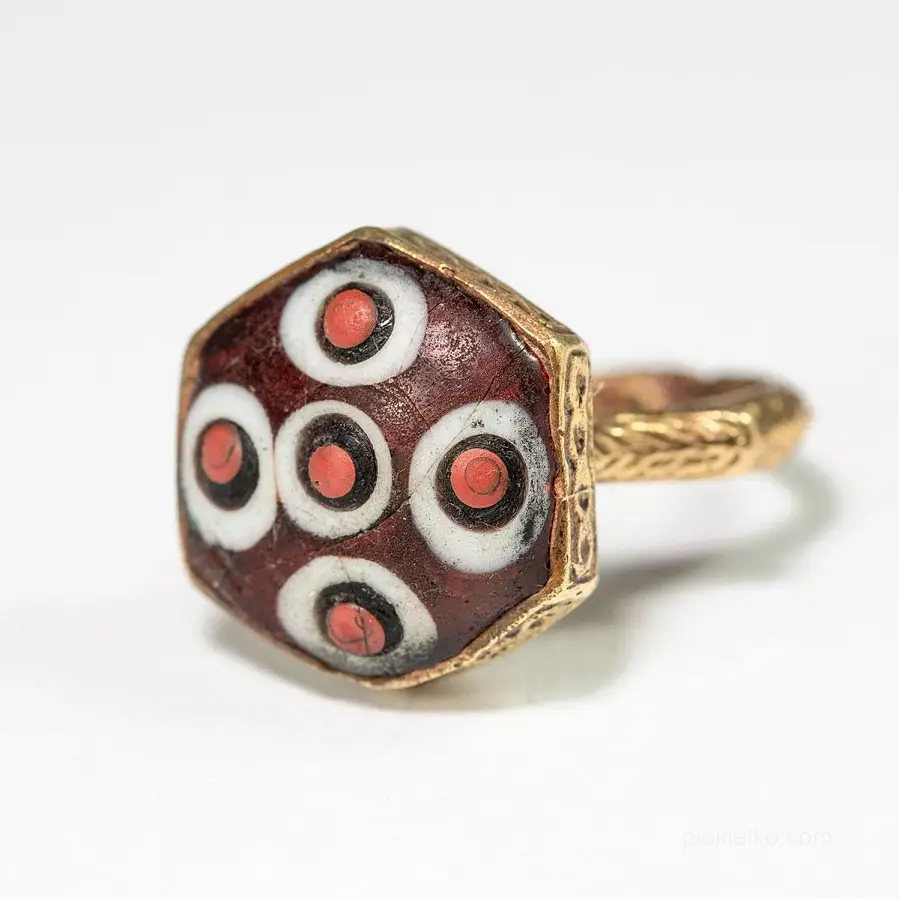
Artistic gabri glass ring
98,0093,10



© Piekielko.com

